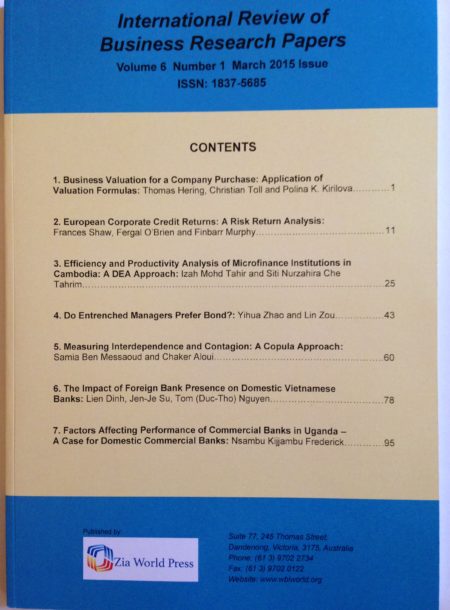Seedlings Recruitment: The Case of Sundarbans
A.S.M. Helal Siddiqui and M. Masudur Rahman
The Sundarbans is the single tract largest mangrove forest in the whole world. The forest occupies the south-west corner of Bangladesh. The forest cover an area of 6,017 km2, of which 4143 km2 are landmass and remaining 1874 km2 are under water bodies. The Sundarbans has a high biodiversity value in which is tidally inundated twice a day. Prain (1903) reported 334 species belonging to 245 genera of spermatophytes and pteridophytes. Chaffey et al. (1985) listed 66 species. Helalsiddiqui (1998) listed 130 species and 230 species (Helalsiddiqui , 2009) which are not all the mangroves. As regards plants, Bangladesh has 28 true mangrove species against occurrence of 70 species in the world. The seedlings recruitments in different periods of the major mangrove species vary significantly. The regeneration density after Chaffey et al., (1985) showed 38,390 per hectare. The result of regeneration study during the year 1996 to 2001 showed that yearly seedlings recruitment were 42,857, 29,129 and 25,324 per hectare per year in the less, moderately and strongly saline zones respectively. According to Siddiqi (1994), the seedlings recruitment was 27,750 per hectare per year. The another report by Hasnin the regeneration was 31,420 seedlings per hectare per year. Average seedlings recruitment in the year 2010 was found 33,133/ha/year. On the other hand the average total regeneration in the 2012 was 29,444 /ha/year of different major mangrove species. It was observed that the newly recruited regeneration in the different permanent sample plots (33 PSPs of Mangrove Silviculture Division of the Bangladesh Forest Research Institute) total regeneration was26,774(2015) to 35,566(2017) per /year/ha. of different major mangrove species from analyzed data in 2010 to 2019.The lowest regeneration recruitment of the different species was 27,750 per hectare per year. On the other hand the highest recruitment was 38,390 per hectare per year. In the Sundarbans the regeneration depends on the salinity zone and differs from location to location

